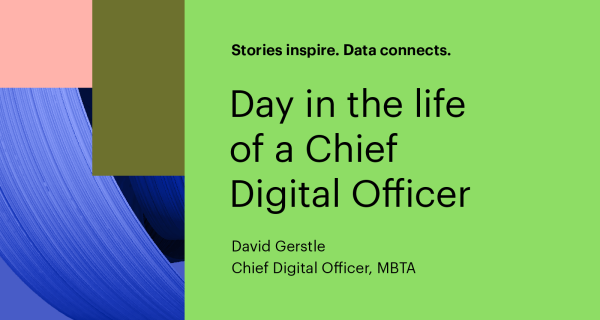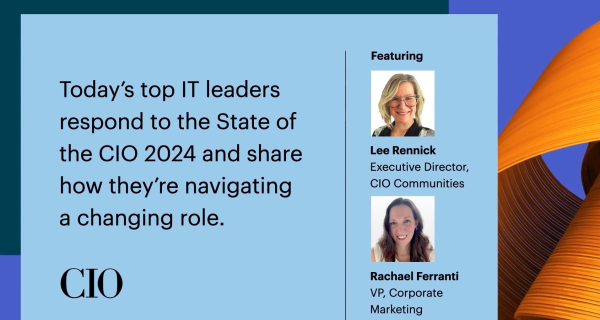As technology becomes pervasive in business, choosing the right products and services becomes increasingly critical for technology buyers and other stakeholders. The purchase decisions IT teams make can have an outsized influence on business performance. Technology marketers understand the opportunity – and the urgency – to influence buyers along each stage of this decision-making process, from determining the business need and technical requirements to vendor selection and purchase sign-off. Content marketing is central to this “brand-to-demand” approach.
For years, Foundry’s annual Customer Engagement study has reinforced the notion that IT decision-makers rely on vendor content as part of their research, consideration, and evaluation of new technology. In the 2022 survey, released late last year, 91% of IT practitioners said they are willing to register for a wide variety of content from a technology vendor, including product testing and demos, vendor presentations, analyst research, interviews, and case studies. Critically, nearly three-quarters (74%) said they are more likely to consider an IT vendor who educates them through each stage of the decision process.
Digital transformation is largely about knocking down organizational silos that inhibit information sharing and innovation. Tech marketers need to adopt the same transformational mindset to content marketing. Launching an awareness campaign or a demand-generation initiative in isolation is no longer sufficient. Marketers need to educate, engage, and nurture tech decision-makers along the entire path to purchase, providing a seamless experience from one stage to the next.
Content serves as the connective tissue for the full brand-to-demand experience, but there’s a catch: Creating a holistic content experience is hard. In the newly released Enterprise Content Marketing 2023 report from the Content Marketing Institute, 62% of respondents said it was challenging to create content that appeals to different stages of the buyer journey. The stakes are high: 72% of IT decision-makers in the Customer Engagement study said that if a vendor does not supply educational content during research, it negatively impacts their impression of that vendor.
3 steps to success
So what’s the right content mix for a brand-to-demand program? Here are three considerations:
Step one: Establish credibility from the outset
Your upper-funnel content isn’t just about increasing brand awareness – it needs to position your brand as an authority with your target audience. Vendor-neutral thought leadership content should be created from the IT team’s perspective, to demonstrate that you understand their pain points and can offer credible insights and advice on how to work through some of those challenges. Articles, blog posts, short videos, podcasts, infographics, and other shorter-form content are effective content formats at this stage. Proprietary research can enhance all of these formats and further establish authority on a topic.
This approach doesn’t just set a foundation for deeper engagement with your target audience – it can also turn them into advocates for your brand. More than four in 10 ITDMs (43%) in the Customer Engagement study said they would be willing to share information about a technology vendor with their peers if the vendor provides timely, relevant content.
Step two: Layer in the value proposition
Mid-funnel content provides a bridge between an IT professional’s pain points and your brand’s solutions. Discussing key features and capabilities of products or services in the context of how they address IT challenges is a more organic way to deliver your value proposition. Longer-form articles, executive interviews, case studies, webcasts, eBooks, and thought leadership whitepapers are effective formats at this stage, because they allow you to provide in-depth insights and introduce the benefits of your solutions.
Some gated content is acceptable during this phase – as long as the payoff is worth it for the individual registering. The Customer Engagement study found that just 48% of work-related content that IT decision-makers downloaded over the past 12 months provided actionable information. This indicates a massive value gap that exists between what marketers promise in their promotions of gated assets vs. the information they’re actually delivering. Low-quality assets negatively impact perception, not to mention how receptive the IT pro will be to a follow-up call from sales after registering for a white paper, webcast, or another type of asset.
Step three: Make it personal
Lower-funnel content presents an opportunity to convert advocates into buyers, leveraging the engagement data you’ve been collecting to create customized content and experiences. Virtually all respondents (96%) in the Customer Engagement study said they’re interested in customized content, with an affinity to assets tailored by industry (54%) and by relevance to the technology platforms already installed at their organization (49%). At this demand stage, assets that help IT teams make final recommendations and sell the solutions internally are most effective, including product demonstrations and testing, technical whitepapers, and ROI calculators.
As you’re developing a content strategy for this stage, don’t forget the broad team of stakeholders who influence technology purchases. This does not mean you have to create content for a dozen or more personas across different lines of business. CIOs and their IT teams are still the primary decision-makers for large technology purchases. But you can provide IT leaders with resources to get internal buy-in across the buying committee. There’s certainly an opportunity here: In the Customer Engagement study, 65% of IT decision-makers said that educating non-technical functions within their organization requires more educational resources from vendors.
Technology buying decisions are more complex, and more important, than ever. Quality storytelling – minus the silos – gives marketers an opportunity to engage more effectively with IT decision-makers throughout the buyer journey. A brand-to-demand approach can improve the results of your content marketing efforts and help you draw a straight line between marketing campaigns and increased sales.
Learn more about Foundry’s brand to demand solutions.
Rob O’Regan is Foundry’s global director of content strategy, overseeing a global team of content strategists who work with Foundry’s technology clients to develop and deliver award-winning content marketing programs.





